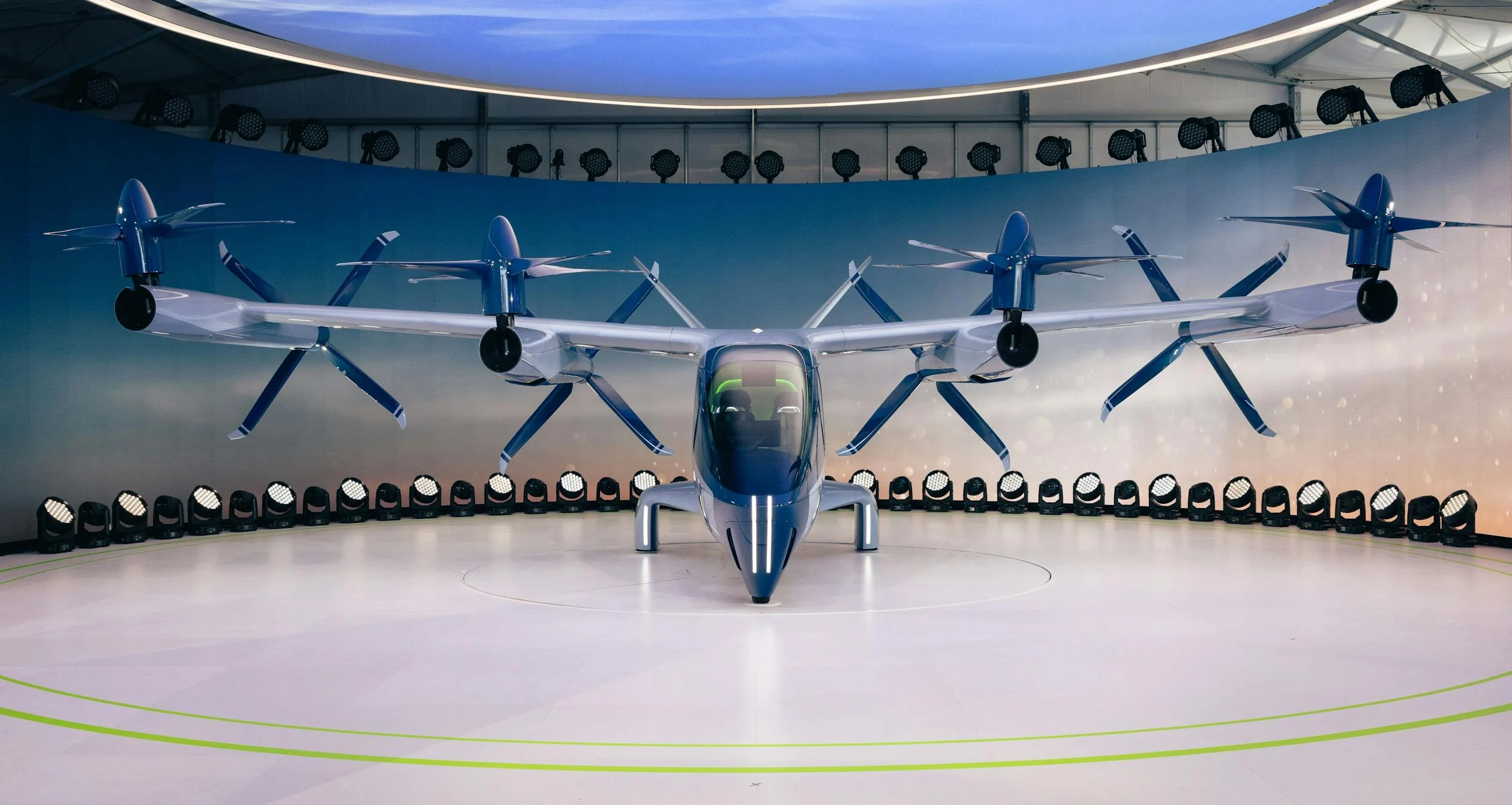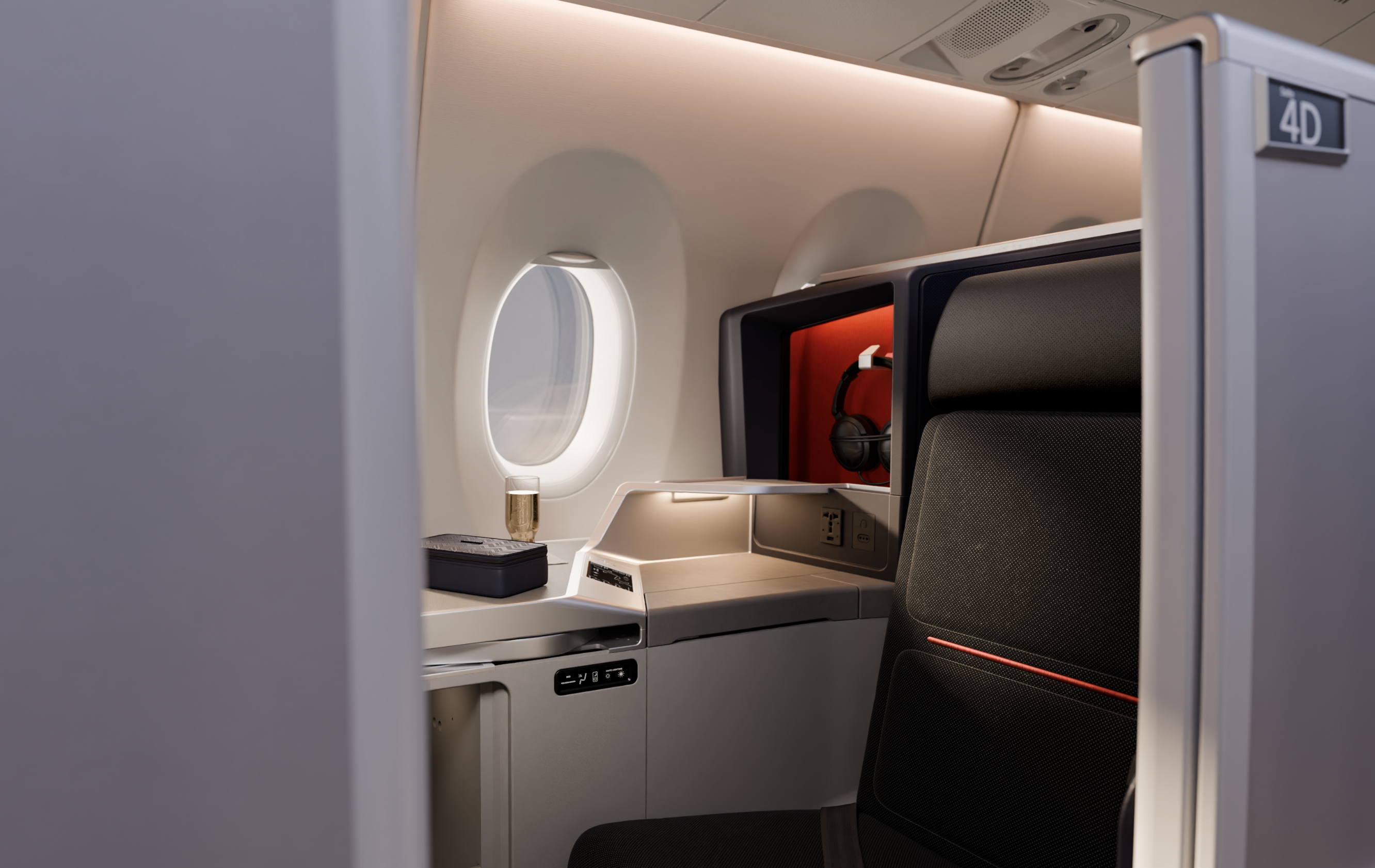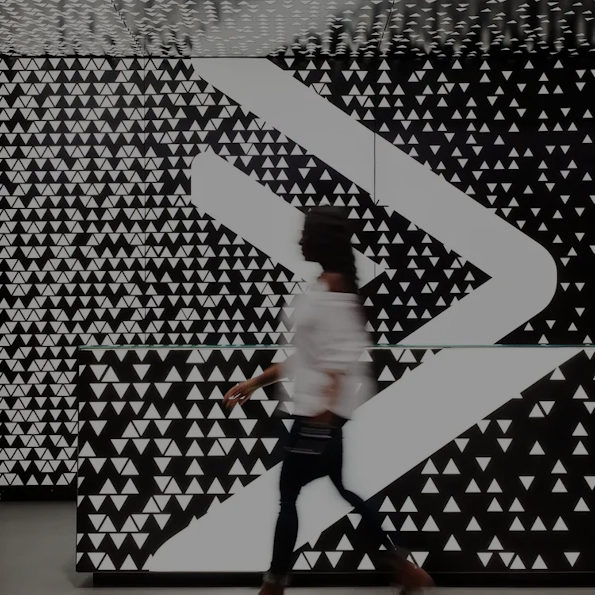LM: Could a future car interior feel more like a first-class airline cabin or a high-end lounge?
SC: Absolutely - The future of automotive travel will redefine comfort, allowing passengers to experience a level of luxury akin to a first-class aircraft seat, where personal space, relaxation, and tailored amenities are seamlessly integrated into every journey. Or even pushing beyond this the interior should feel like a space akin to a spa or hotel not just an airline seat – especially as we move through the different levels of autonomy.
LM: How does a hospitality-first mindset change the way designers and product design studios think about the car as an experience rather than just a product?
SC: A hospitality mindset will need designers and product design studios to shift from a focus on a single object, how it looks and feels in isolation, to a seamless flow of carefully orchestrated Signature Moments and Experiences.
Our goal is to bring this philosophy to the automotive world, ensuring every interaction feels intentional and immersive. From the first conversation with a sales representative to exploring the website, from the experience inside the car to moments beyond it, every touchpoint should reflect the brand’s essence, creating a journey that feels effortless, engaging and unforgettable.







